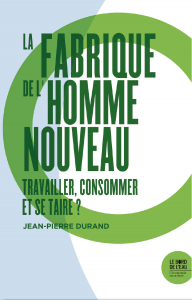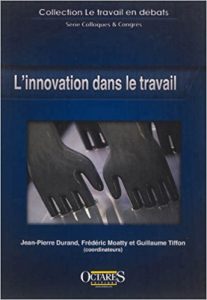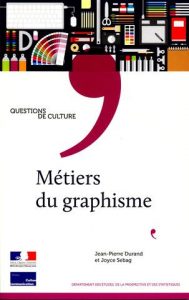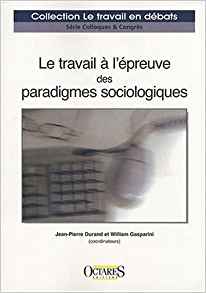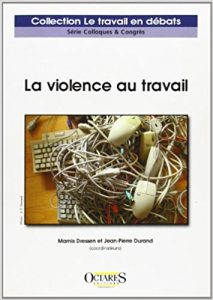
Critique d’une notion au regard de ses usages sociaux
Filmic Sociology. Theory and Pratice
Joyce Sebag et Jean-Pierre Durand
Filmic Sociology proposes an exploration of the intellectual resources offered by the hybridization of sociology and cinema: practicing sociology, or other human sciences, through images and sound. In the age of the image, this essay invites sociological research, not only through the discipline’s approach, but also through the joint learning of techniques (shooting and sound recording, derushing, editing, etc.) and film writing.
Using concrete examples, the authors analyze what it means to think through the image, explain the different phases of making a sociological documentary, and question, through sociological film, the representations of reality and, more specifically, what remains invisible in the social world. The result is a reflective look at the theories and practices presented, to better equip the sociologist-filmmaker.
Illustrated with numerous photographs that mark the history of documentary photography and film, the book is intended for both teachers-researchers and students in all disciplines of the humanities and social sciences who practice video and photography or wish to discover their uses. Students in documentary and film schools, as well as students in information and communication programs, will also benefit from the book in their studies.
Endorsements
USA: “What Joyce Sebag and Jean-Pierre Durand propose is literally to ‘think by images.’ The image is not an element constructed afterwards by thinking, it is first by the perception, and constitutive in the act of thinking.”
Guillaume Sirois, Professor, Université de Montréal, Visual Studies, Vol. 36 I.4-5, 2021.
Canada: “Harper, in the Foreword, compares filmic sociology to a ‘spider’s web. This powerful book is a reflective manual. It’s a manifesto for a visual and filmic sociology.”
Aziz Hlaoua, Professor at Rabat University, Communication (Quebec), 2022.
France: “In this book, filmic sociology emancipates itself from the written word, because if the visible and the lived can screen what is hidden, it is the narrative construction proposed by the film that must make them perceptible: the image contextualises what is said in order to better understand it, the image tells of relations ignored by traditional sociology.”
Pascal Cesaro, Assitant Professor (Aix-Marseille University), in Images du travail, travail des images (France), 2022.
Brazil: “For the authors, filmic sociology produces knowledges from the recording of sounds and images, during viewing or analysis of the rushes, and finally, during editing, which juxtaposes them to create meaning and fresh visions. Then the practice of the sociologist-filmmaker provides a reintegration of the sensitive in the discipline through the audiovisual production.”
Rafael Fermino Beverari, Universidade Estadual de Campinas, Tempo Social (Brazil), 2021.
France: “For Sebag and Durand, the hybridization of sociological and cinematographic approaches is at the heart of filmic sociology. More than documentary evidence, the sociological film must be received as a tool for reflection and debate. It brings the reader back into the territory of reasoning after inviting him to open up sociological thought to the emotions and the imagination.”
Nicolas Hatzfeld, Professor of History, IDHES-CNRS, La Nouvelle Revue du Travail (France), 2022.
Italia: “The merit of Joyce Sebag and Jean-Pierre Durand is that they have skilfully shown us the heuristic potential of a complex discipline: images and sounds that are good for reflection, and for producing progress in the direction of a dialogic and polysemous knowledge of reality.”
Gianfranco Spitelli, University of Teramo, Voci (Italia), 2021.
Canada: “The authors defend two central ideas linked to the very foundations of sociological film-making. Firstly, an attachment to scientific rigor where the construction of the object, the fieldwork and the methodological tools of the discipline are combined. Secondly, filmic sociology is considered as a research tool as much as a medium, in which the out of shot is consubstantial with reality.”
Pierre Fraser, Sociologist-filmmaker, Sociologie visuelle (Canada), 2021
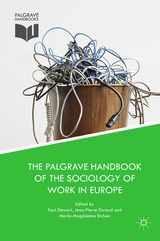 This book explores the key conceptual features of the development of the Sociology of Work (SoW) in Europe since 1945, using eleven country case studies. An original contribution to our understanding of the trajectory of the SoW, the chapters map the current state of the theoretical background of the sub-dlscipline’s development to broader sociopolitical and economic changes, traced across a heterogeneous set of national contexts. Different definitions of the SoW in each country often reflect variations in the focus of analysis, and these chapters link the subject definition and focus to other social science disciplines, the state, as well as social class interests and ideologies. The book contends that the ways in which the sub-discipline makes sense of changes in work is itself a response to the type of society in which the sub-discipline is practiced, whether in the post-war social democratic West, the Soviet East, or today’s societies, dominated by variant forms of neo-liberalism. It will be of use to scholars and students interested in the transnational history of the discipline of sociology, with a specific focus on the nexus between the sociology of labour, ideology, economics and politics.
This book explores the key conceptual features of the development of the Sociology of Work (SoW) in Europe since 1945, using eleven country case studies. An original contribution to our understanding of the trajectory of the SoW, the chapters map the current state of the theoretical background of the sub-dlscipline’s development to broader sociopolitical and economic changes, traced across a heterogeneous set of national contexts. Different definitions of the SoW in each country often reflect variations in the focus of analysis, and these chapters link the subject definition and focus to other social science disciplines, the state, as well as social class interests and ideologies. The book contends that the ways in which the sub-discipline makes sense of changes in work is itself a response to the type of society in which the sub-discipline is practiced, whether in the post-war social democratic West, the Soviet East, or today’s societies, dominated by variant forms of neo-liberalism. It will be of use to scholars and students interested in the transnational history of the discipline of sociology, with a specific focus on the nexus between the sociology of labour, ideology, economics and politics.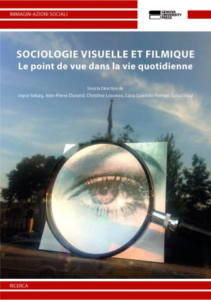 Joyce Sebag, Jean-Pierre Durand, Christine Louveau, Luca Queirolo Palmas, Luisa Stagi, Sociologie visuelle et filmique. Le point de vue dans la vie quotidienne, Genoa, 2018 (e-book en français, italien, anglais, espagnol).
Joyce Sebag, Jean-Pierre Durand, Christine Louveau, Luca Queirolo Palmas, Luisa Stagi, Sociologie visuelle et filmique. Le point de vue dans la vie quotidienne, Genoa, 2018 (e-book en français, italien, anglais, espagnol). 